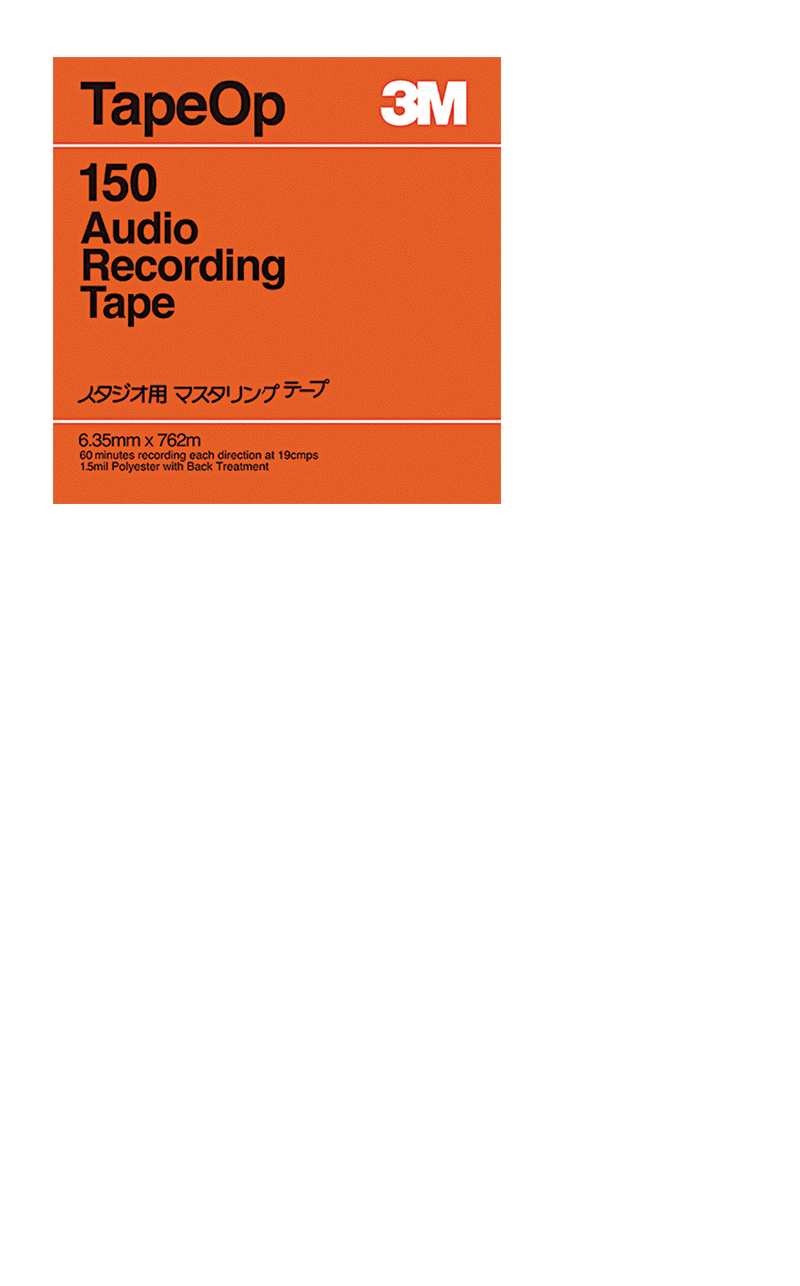When we hit milestones (such as 150 issues of this magazine!), I always pause and think about what it all means. This magazine is named Tape Op for a reason. What is a tape op? Well, as we get further and further into a digitally-dominated music recording landscape, it's important to recall that a tape op was originally the person who acted as a human tape deck remote – sometimes even in an adjacent space to the control room – where they would stop, start, rewind, and punch in as needed. When the lead engineers were given actual electronic remotes to control the decks, the tape op became more of a second assistant engineer – someone who was learning by watching, and likely asking questions of the higher-up assistant during downtime. They were essential to the recording process, all while building up the skills to become engineers and producers themselves.

Thank you very much to artist and Tape Op reader John Beaudoin for this issue's cover art! - JB
When I founded and named Tape Op Magazine in 1996, I was reflecting on this concept of on-the-job education. Sure, there were (and still are) studios where people learn the craft in this way. But how many of us, me included, learned recording mostly on our own in a home-based studio by simply jumping in and tracking, making mistakes, and (hopefully!) getting better? We essentially became the new "tape ops" – the ones that needed to learn more – but we had no one to ask the questions of. So, I thought, "Why not start a magazine?" I'm continually learning more about recording and music every day, as well as helping others to get better at their craft, while having so many conversations with a wide range of creative individuals.
After 150 issues of Tape Op there is still more to discuss and cover, and my compatriots at the magazine and myself will excitedly keep at it as we discover great music and amazing people to talk about the art of recording music with.
— LARRY CRANE,EDITOR & FOUNDER
